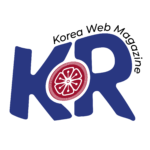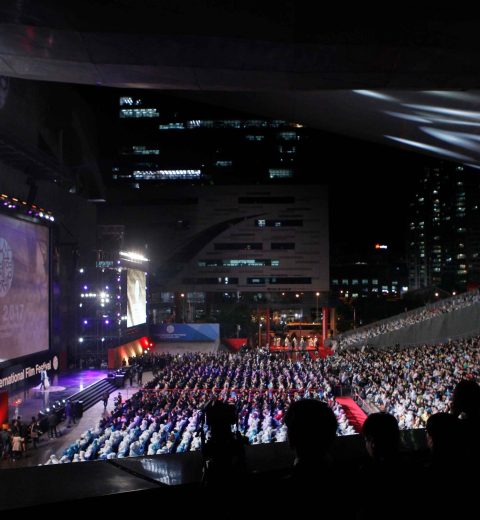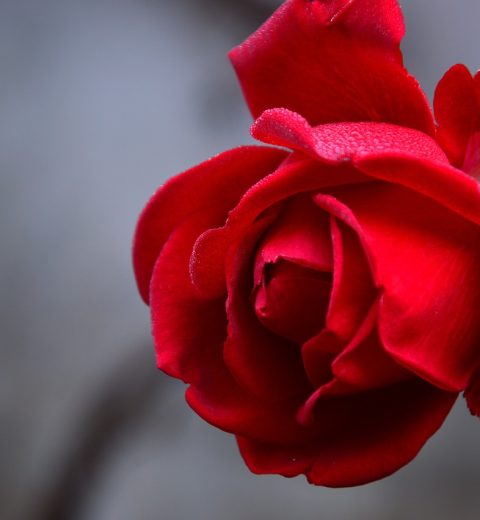Korean culture is rich with traditional art forms that date back centuries, one of which is the intricate and delicate art of hanji, or traditional Korean paper making. Hanji is made from the inner bark of the mulberry tree and has been a vital part of Korean culture for over a millennium. It is used for a variety of purposes, including calligraphy, painting, lantern making, and even furniture.
For tourists visiting Seoul, learning how to make hanji is not only a hands-on cultural experience but also a way to create a lasting and tangible memory of your trip to Korea. Several workshops throughout Seoul offer foreigners the chance to get involved in this ancient craft, giving them a closer look into Korean heritage.
This guide will take you through some of the best places to experience traditional Korean paper making workshops in Seoul, alongside a deep dive into the history, significance, and modern relevance of hanji in Korean culture.
1. Hanji House
View this post on Instagram
Located in the heart of Seoul, the Hanji House is one of the top places for tourists to learn about Korean paper making. This facility offers both short-term and long-term classes for people who want to learn the traditional method of making hanji. The instructors at the center are well-versed in English, ensuring that foreign participants can easily follow along with the techniques and history lessons.
What You’ll Learn: The workshop starts with a demonstration of how hanji is made from mulberry bark, taking participants through the meticulous steps of steaming, peeling, and beating the fibers. Afterward, tourists will be able to make their own sheet of hanji using traditional methods, and they can even create decorative items like lanterns, fans, or notebooks using the paper.
Why Visit: The Hanji House offers an all-encompassing experience, from the historical context of paper making to hands-on involvement in the craft. You’ll leave with both knowledge and a beautiful, handmade piece of hanji art.
Details:
Location: Jongno-gu, Seoul
Duration: 1-2 hours
Price: 20,000 – 30,000 KRW per person
Language: English and Korean
2. Bukchon Hanok Village Workshops
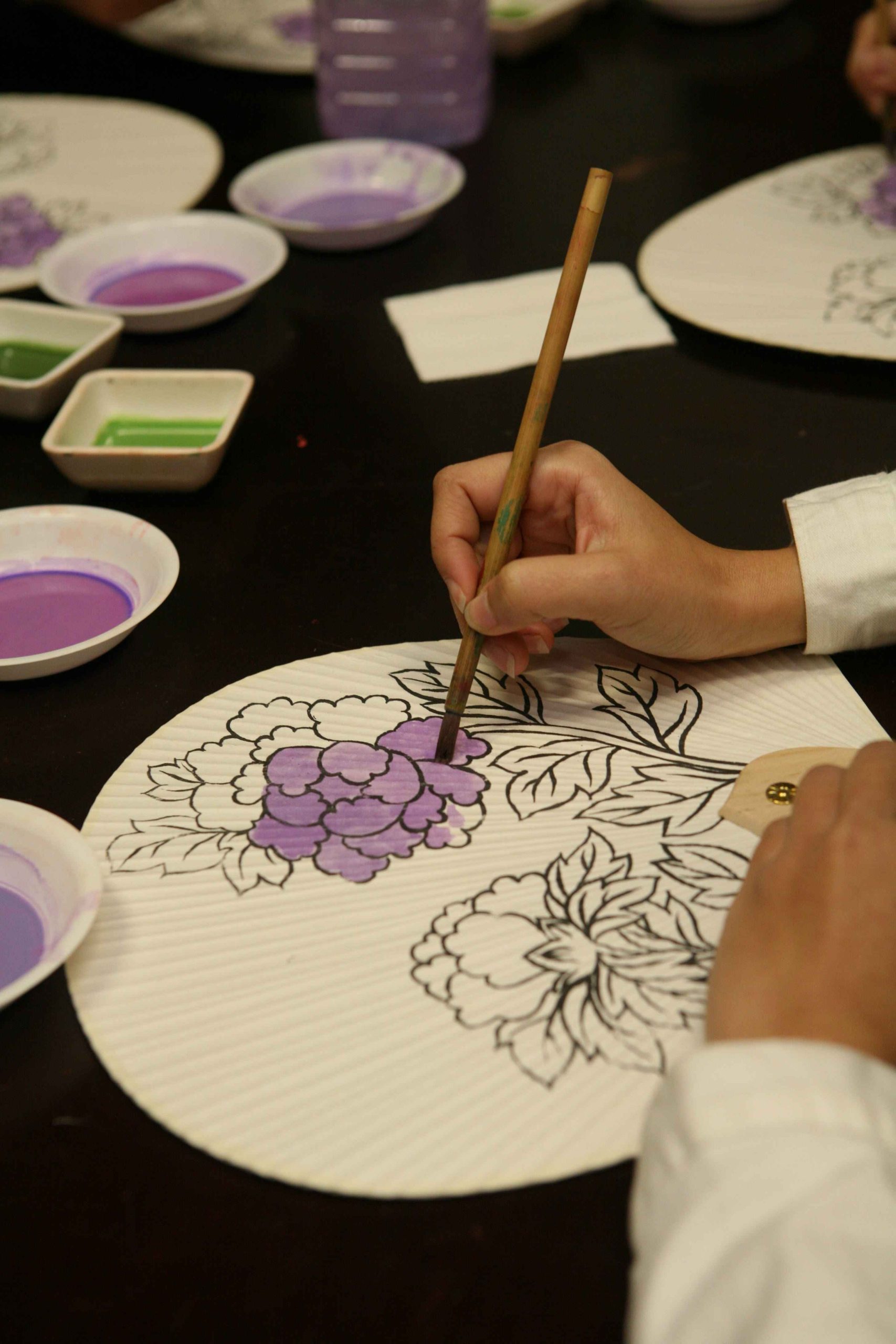
Bukchon Hanok Village, a well-preserved traditional neighborhood in Seoul, is not only famous for its beautiful architecture but also for its cultural workshops. Many of the hanoks (traditional Korean houses) offer paper-making classes that allow tourists to create hanji using ancient techniques passed down through generations. This picturesque setting adds an extra layer of authenticity to the experience.
What You’ll Learn: Tourists will get a step-by-step introduction to the hanji-making process, from the preparation of raw materials to the final touches of the finished product. You will also learn about the different types of hanji and their historical uses, such as for calligraphy, Buddhist scriptures, or as window coverings in hanok homes.
Why Visit: The scenic and cultural backdrop of Bukchon Hanok Village makes this an unforgettable experience. Participants not only learn about hanji, but also get to explore a vibrant part of Seoul steeped in history.
Details:
Location: Bukchon Hanok Village, Jongno-gu, Seoul
Duration: 1-3 hours
Price: 25,000 – 40,000 KRW per person
Language: English and Korean
3. National Museum of Korea’s Cultural Experience Programs
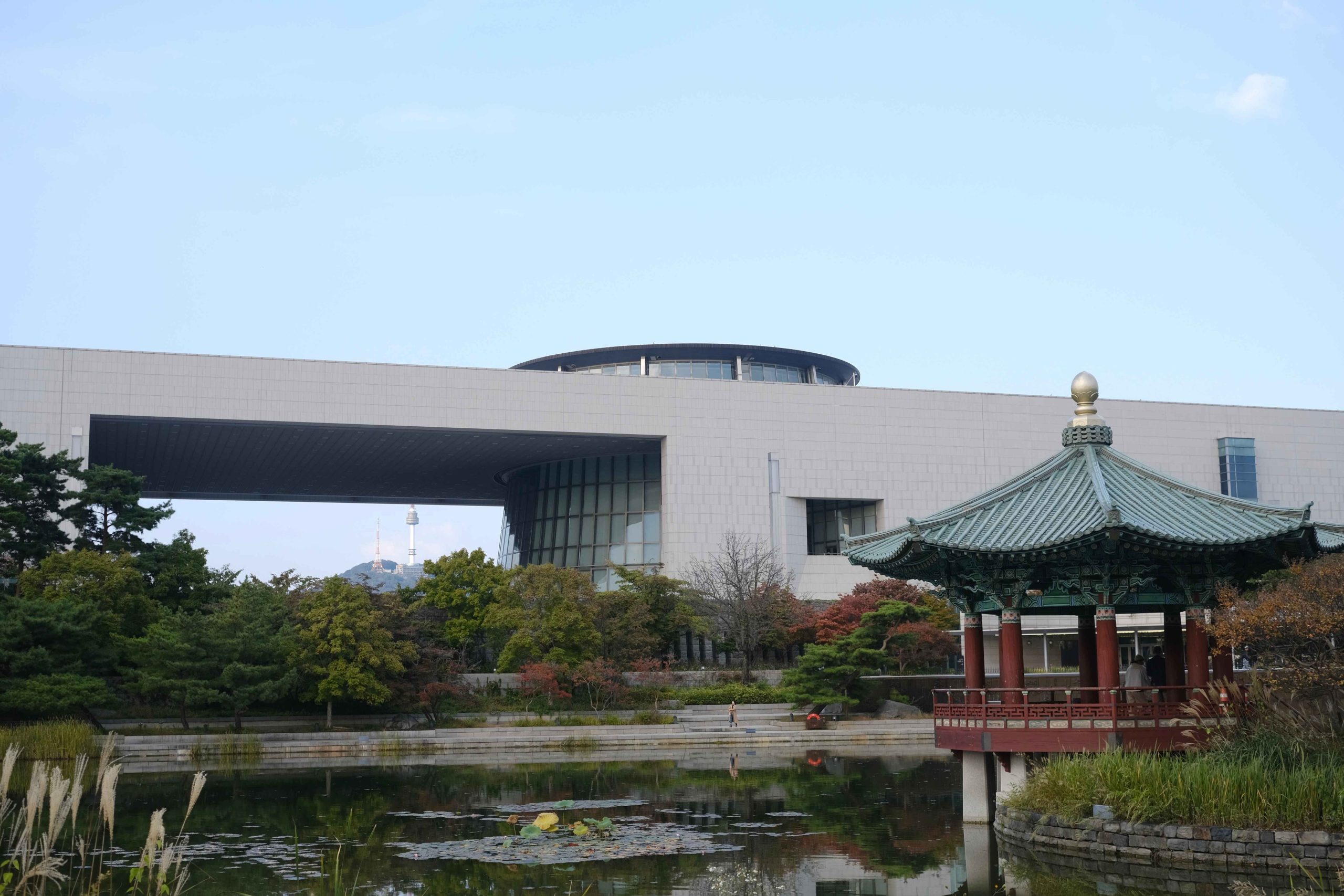
The National Museum of Korea is known for its extensive collection of artifacts and exhibits on Korean history and culture. However, it also offers various hands-on workshops for tourists, including hanji-making classes. These workshops are ideal for those who want to combine a museum visit with an interactive cultural experience.
What You’ll Learn: Instructors guide participants through the traditional paper-making process, allowing them to make their own hanji and use it for small projects like creating stationery, traditional envelopes, or decorative pieces. The museum’s workshops also provide a fascinating overview of hanji’s historical significance in Korea, including its use in ancient royal courts.
Why Visit: You can learn about hanji in a museum setting, which adds educational depth to the experience. Plus, you get to explore the museum’s other exhibits before or after your workshop, making it a full day of Korean culture.
Details:
Location: Yongsan-gu, Seoul
Duration: 1-2 hours
Price: 10,000 – 20,000 KRW per person
Language: English and Korean
4. Korean Folk Village Hanji Workshop
View this post on Instagram
Located just outside of Seoul, the Korean Folk Village offers visitors a chance to step back in time and explore traditional Korean life. The village is a living museum, complete with hanok houses, folk performances, and artisan workshops, including hanji-making. This is an ideal spot for families or groups who want a more immersive experience in Korea’s rural history.
What You’ll Learn: The hanji workshop at the Korean Folk Village teaches tourists the traditional way of making paper, focusing on how this craft was used in daily life centuries ago. Participants will have the chance to create hanji sheets from scratch and then use them to craft simple items like bookmarks or fans.
Why Visit: The setting in the Korean Folk Village offers a more rustic and traditional experience compared to workshops in the city. You’ll also have the opportunity to explore the village’s other attractions, making this an excellent day trip from Seoul.
Details:
Location: Yongin, Gyeonggi Province (30-40 minutes from Seoul)
Duration: 2-3 hours
Price: 15,000 – 30,000 KRW per person
Language: English and Korean
5. Seoul Upcycling Plaza (SUP) Hanji Workshop
View this post on Instagram
For tourists interested in sustainability and eco-friendly practices, Seoul Upcycling Plaza (SUP) offers a unique twist on the traditional hanji-making workshop. The plaza focuses on upcycling, which is the practice of transforming waste materials into new, valuable products. Here, you can learn how to create hanji using recycled paper and sustainable materials, combining tradition with modern environmental awareness.
What You’ll Learn: Participants will learn the basic process of making hanji, but with an eco-friendly spin. Instead of mulberry bark, recycled paper and other materials are used. The workshop also encourages creativity, allowing participants to make modern designs with a nod to Korean tradition.
Why Visit: This workshop blends tradition with modern values, making it ideal for tourists who are environmentally conscious. It’s also located in a vibrant, modern part of Seoul, giving visitors a glimpse into Korea’s innovative approach to sustainability.
Details:
Location: Seongdong-gu, Seoul
Duration: 1-2 hours
Price: 15,000 – 25,000 KRW per person
Language: English and Korean
6. Dong-Lim Hanji Workshop
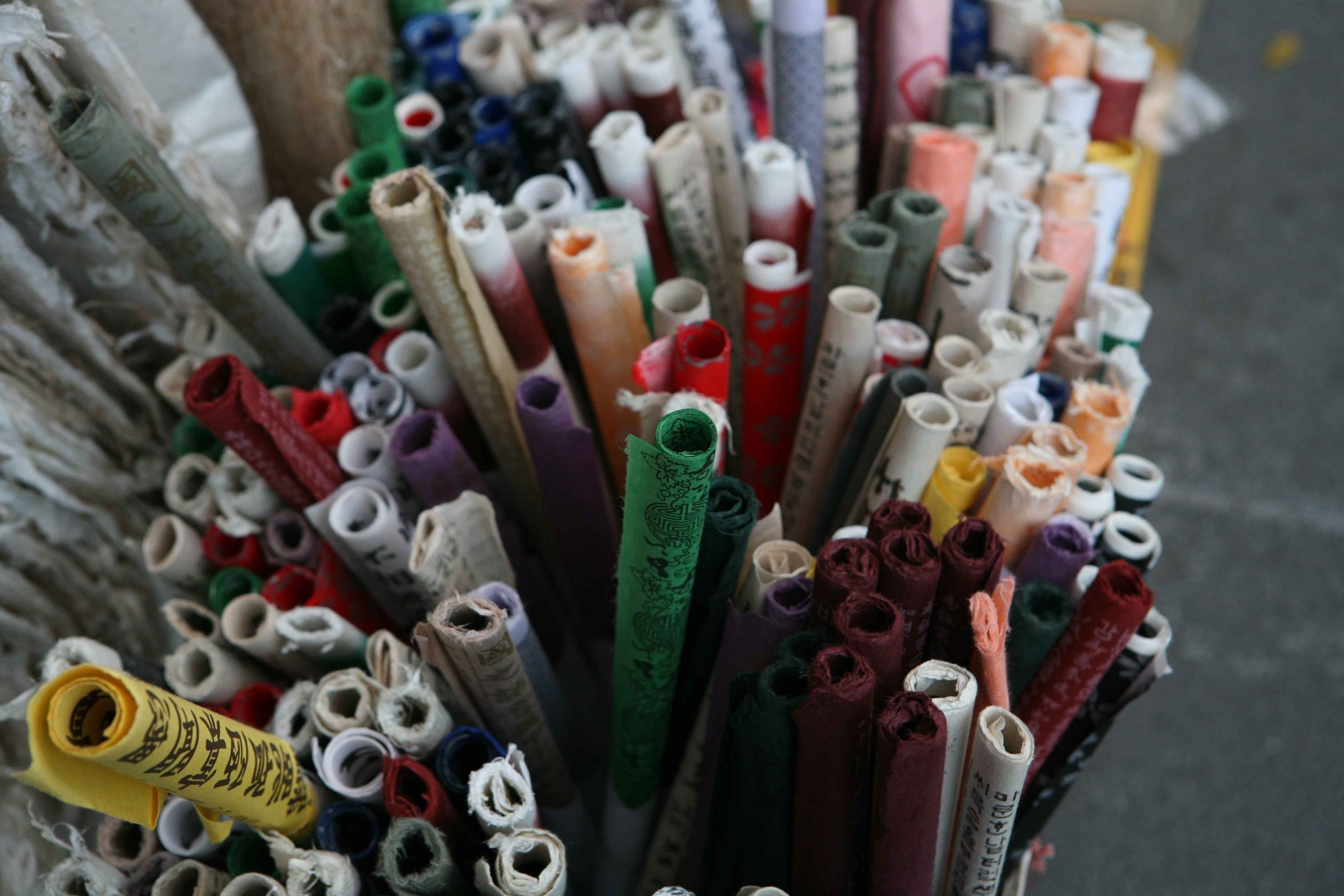
Dong-Lim Hanji Workshop is a well-known hanji studio in the heart of Bukchon Hanok Village. The owner and head instructor, a master hanji artist, has dedicated his life to preserving and promoting the craft of traditional Korean paper making. This workshop provides a more intimate, in-depth experience for those who want to learn the finer details of hanji making and its role in Korean culture.
What You’ll Learn: Participants will learn how to make hanji by hand, as well as the history and cultural significance of the craft. The workshop offers more than just a basic introduction – it delves into the intricacies of hanji-making techniques and the philosophy behind the art form. You’ll also have the opportunity to create more elaborate hanji projects, such as decorative paper screens or intricate artwork.
Why Visit: This is a deeper, more specialized experience for those who are truly interested in the craft. You’ll learn from a hanji master in a traditional setting, creating not just a souvenir but a true work of art.
Details:
Location: Bukchon Hanok Village, Jongno-gu, Seoul
Duration: 2-3 hours
Price: 30,000 – 50,000 KRW per person
Language: English and Korean
7. Insa-dong Cultural Craft Workshop
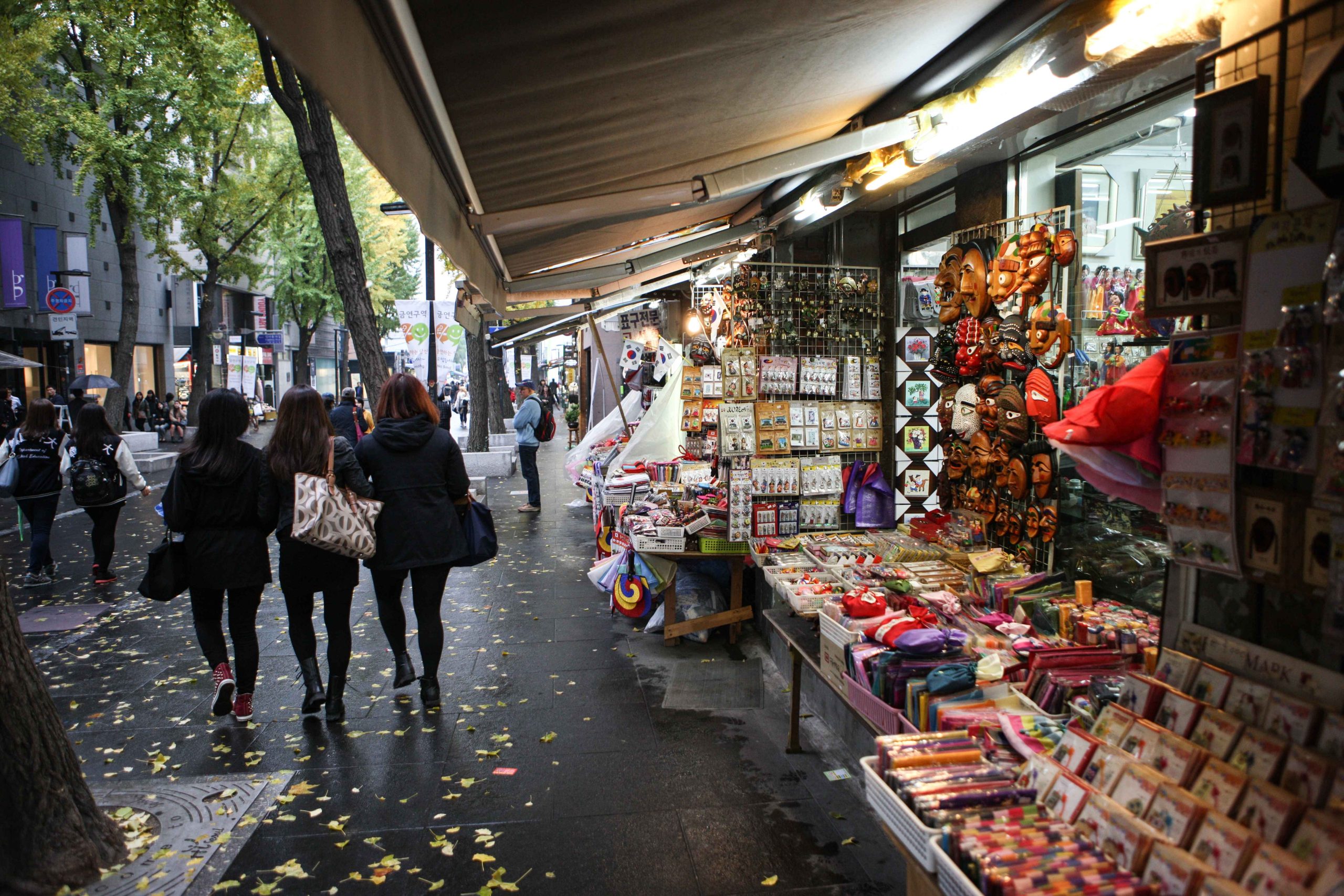
Insa-dong is one of Seoul’s most famous cultural districts, known for its galleries, tea houses, and traditional craft shops. It’s a fantastic place for tourists who want to learn about Korean culture and arts, including hanji-making. Several small workshops in the area offer hanji-making classes for tourists looking to dive into this historical craft.
What You’ll Learn: Tourists will get to make their own hanji paper and use it to create small crafts such as cards, lanterns, or decorative pieces. The workshops in Insa-dong tend to focus on the artistic side of hanji, allowing for creative expression while learning about the craft.
Why Visit: Insa-dong is a cultural hub, making it the perfect place for a day of exploring traditional Korean art and culture. After your workshop, you can visit nearby galleries and tea houses to further immerse yourself in Korean tradition.
Details:
Location: Insa-dong, Jongno-gu, Seoul
Duration: 1-2 hours
Price: 20,000 – 35,000 KRW per person
Language: English and Korean
8. Yeoju Hanji Festival
Though located outside of Seoul, the Yeoju Hanji Festival is worth mentioning for any serious hanji enthusiast. Held annually in Yeoju, a town with a rich history of hanji production, this festival celebrates all things related to Korean paper making. Visitors can not only participate in workshops but also enjoy exhibitions, performances, and markets selling hanji products.
What You’ll Learn: At the festival, tourists can take part in hands-on workshops led by hanji masters. These classes offer deeper insight into the craft, allowing participants to make more elaborate projects such as hanji lamps or even furniture.
Why Visit: The festival atmosphere, combined with the expertise of local artisans, makes this a once-in-a-lifetime experience for those interested in Korean paper making.
Details:
Location: Yeoju, Gyeonggi Province
Duration: Full-day event
Price: Varies based on workshop
Language: Korean (but workshops typically have English guides)
The History and Importance of Hanji
Hanji, or traditional Korean paper, has been a central part of Korean culture for over a thousand years. Its durability and versatility made it essential for various aspects of daily life, from books and documents to windows and furniture. Historically, hanji was prized for its strength, flexibility, and resistance to aging, which is why it was used in important documents and religious texts.
While the traditional process of making hanji remains largely unchanged, modern artists have found new ways to incorporate the craft into contemporary design and art. Learning how to make hanji is not just about mastering a craft; it’s about connecting with Korea’s history and preserving an art form that has withstood the test of time.
Participating in a traditional Korean paper-making workshop during your visit to Seoul is a hands-on way to engage with the country’s deep cultural heritage. Whether you choose a quick introduction or a more intensive course, you’ll leave with a greater understanding of Korean history and a handmade piece of art to take home.
